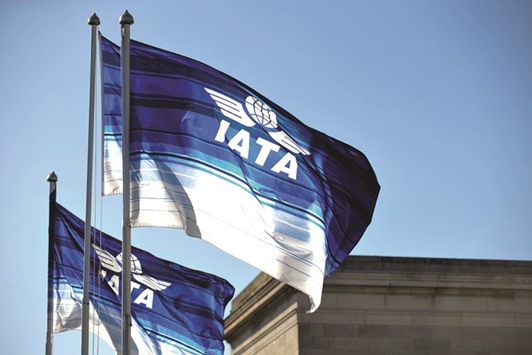Consumers benefit from lower real travel costs, more routes, and will spend 0.9% of world GDP on air transport in 2017, an IATA report said.
The average return fare (before surcharges and tax) of $351 in 2017 is forecast to be 63% lower than 22 years earlier, after adjusting for inflation, IATA’s chief economist Brian Pearce said at a presentation here yesterday.
Consumers will see a substantial increase in the value they derive from air transport in 2017, including a further reduction in what they pay, after allowing for inflation. New destinations are forecast to rise by 4% this year, with frequencies up too; both boosting consumer benefits.
IATA expects 0.9% of world GDP to be spent on air transport in 2017, totalling $769bn. Revenue passenger kilometres (RPKs), which have been growing well above trend despite a sluggish world economy, are forecast to slow further in 2017 as the price stimulus from lower fuel prices starts to reverse.
Next year IATA expects air travel to be growing close to its 20-year trend. Falling travel costs have been adding several percentage points to RPK growth over the several years.
Airline CFOs and heads of cargo reported in October this year that they were still positive about future growth in air travel, and were a bit more positive about cargo.
But, IATA said there is much uncertainty about the outlook: price stimulus from lower oil prices is moving into reverse, the impact on growth of Brexit and the economic policies of the new US President are not yet clear, while world trade remains much weaker than before the GFC. “In this forecast we have assumed that economic growth will accelerate moderately in 2017, as fiscal policies ease a little,” IATA said.
Pearce pointed out that economic development worldwide was getting a significant boost from air transport. This wider economic benefit is being generated by increasing connections between cities — enabling the flow of goods, people, capital, technology and ideas — and falling air transport costs. The number of unique city-pair connections is expected to reach more than 18,000 this year, almost double the connectivity by air twenty years ago. The price of air transport for users continues to fall, after adjusting for inflation. Compared to twenty years ago, real transport costs have more than halved.
“Lower transport costs and improving connectivity have boosted trade flows; trade itself has resulted from globalising supply chains and associated investment,” he said.

Flags with IATA logo fly above the venue of their symposium in Dublin (file). Next year IATA expects air travel to be growing close to its 20-year trend. Falling travel costs have been adding several percentage points to RPK (revenue tonne kilometres) growth over the several years.
